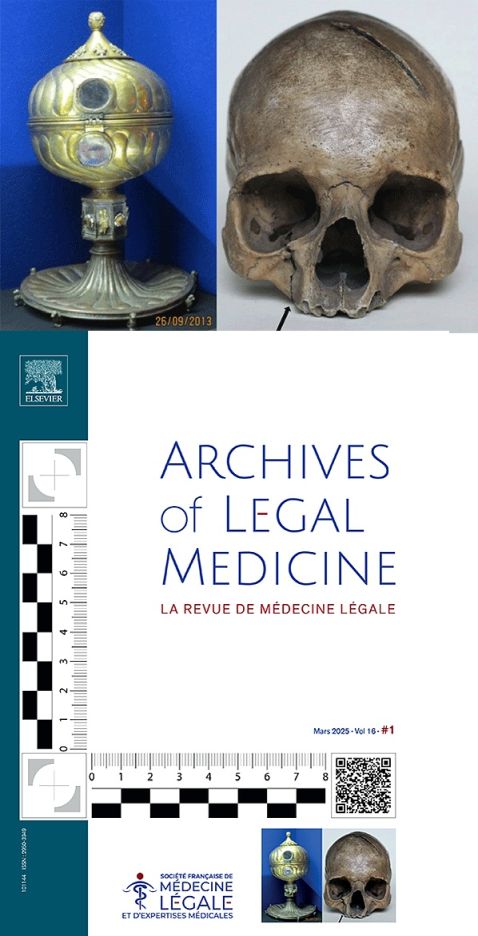King Dagobert II & Plantard’s Fantasy
Paul Smith
5 April 2025
Updated 7 April 2025
This has been repeated often on this website for some decades.
There is no historical connection between Pierre Plantard and the historical King Dagobert II – except for Plantard’s fantasy that he was descended from Dagobert II between the 1960s and the late 1980s. In reality, Pierre Plantard was descended from a 16th century peasant who grew walnuts. Such is the difference between the myth and historical reality.
Pierre Plantard’s imaginary descent from King Dagobert II was inspired by the journal Les Cahiers de l’Histoire, Nº 1 (Revue Bimestrielle, Janvier 1960).

It was not until the late 1980s, when Plantard terminated his claim to be descended from King Dagobert II – and instead claimed that he was descended from only a cadet branch – and passed on the direct descent to Otto Von Habsburg (who knew nothing about it, of course).
In its updates to its various reprint editions, “The Holy Blood and the Holy Grail” naturally decided to censor this valuable information from its readership, because it would affect the authors already vastly diminishing reliability.
Also, when Pierre Plantard introduced his brand new myth 1989-1992 the “Cercle de St Dagobert II” and Louis Vazart rejected Pierre Plantard as a “serious person” and dropped the central claim that he was descended from King Dagobert II. This was even acknowledged on the “Gazette de Rennes-le-Château” website!
Here is a link to the English-language version of Cercle Saint Dagobert II, that is devoid of any references to Pierre Plantard.
And also this: St DAGOBERT Commemoration anno 2024
Below is the PDF version of the article, “The skull attributed to the Merovingian Saint King Dagobert II: Historical and anthropological study” (Archives of Legal Medicine, Volume 16 #1, 2025). It was recently examined and, while the wound in the cranium is consistent with a medieval axe blow, the skull was carbon dated to the 13th century.
LINK TO PDF

|

